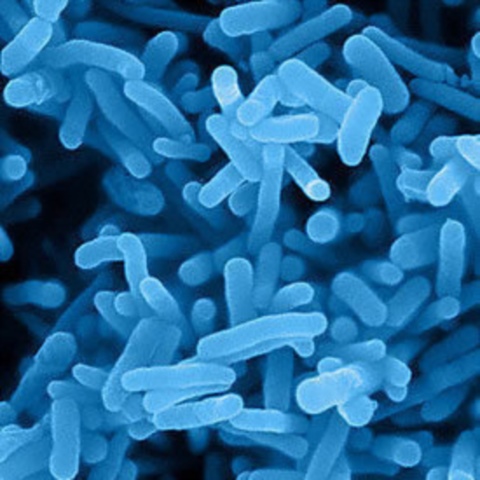
NANOMIC Company
Nitrosomonas spp


Nitrobacter has been shown to be abundant in soil and mud (Degrange and Bardin, 1995), playing the most important role in the second step of nitrification. Nitrobacter species are Gram (-) bacteria, which are short rods or pear shaped (0.5 - 0.8 x 1.0 - 2.0 µm).
Nitrobacter is not mobile and needs to attach to substrate surfaces such as rocks, sand or a biological medium so that they can grow smoothly by secreting mucus from the outer envelope.
Toxic compounds for aquatic subjects such as NH3 and NO2- will be converted to non-toxic NO3- thanks to the nitrification process carried out by nitrifying bacteria (Herbert, 1999).
Nitrification is the process by which ammonia is oxidized to nitrate (NO3-) through two stages performed by two different bacterial groups. In the first stage, Nitrosomonas oxidizes ammonium to nitrite (NO2-), the last nitrite converts to nitrate thanks to the activity of Nitrobacter bacteria (Focht and Vertraete, 1977).